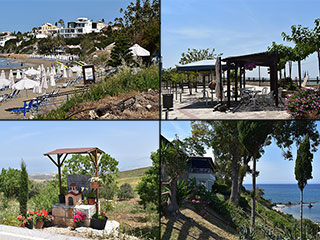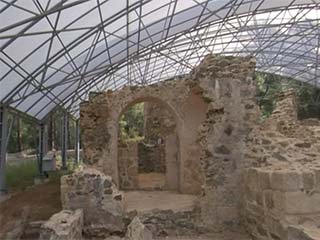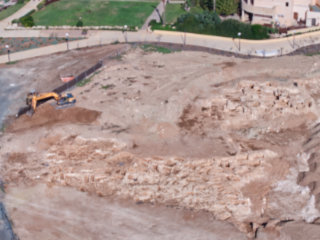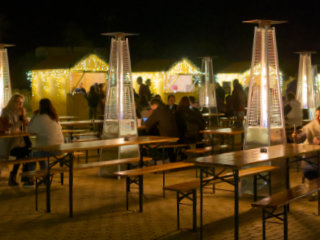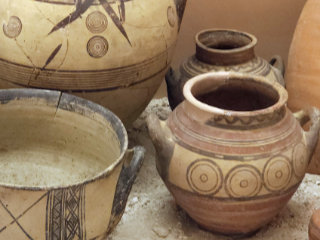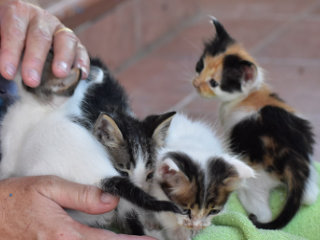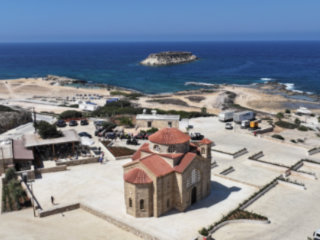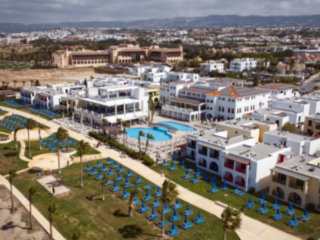Gialia Monastery
Distant Altar
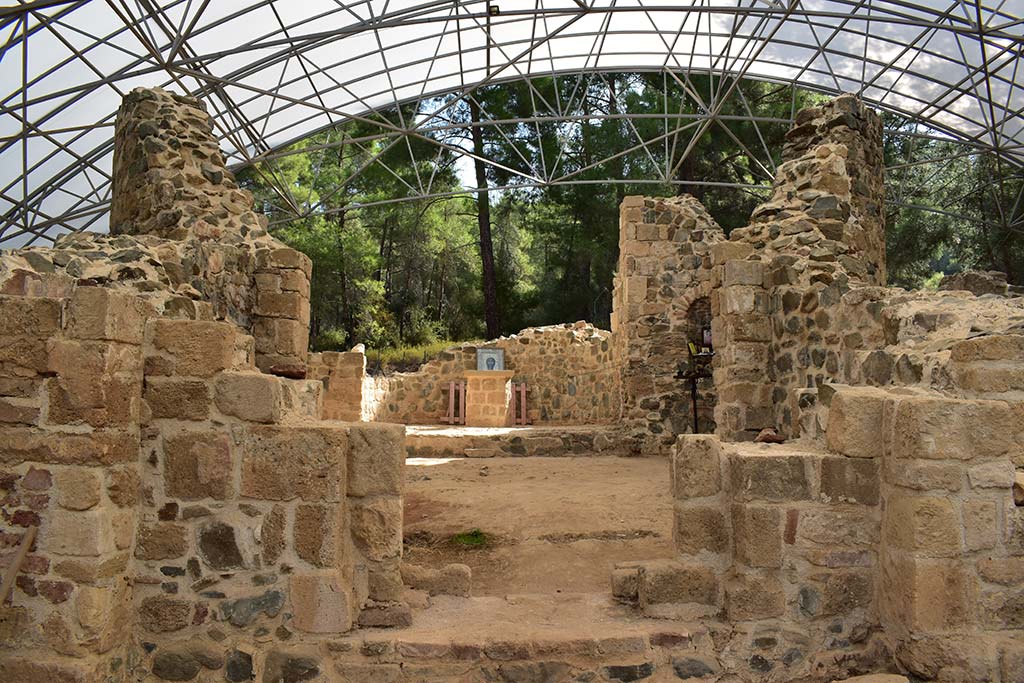
The main section of the monastery has an altar at the end. It is cordoned off, so presumably still gets some use.
At the next stage of construction a chapel was built east of the church which also served as the prothesis. A large gate from the west and a larfe water reservoir were added, and a fountain was built in the south. The reservoir was filled from a ceramic water pipe which started at the wouthwest point of the monaster. This significant addition was implemented during the reign of King Tamar (12 and 13th centuries).

Votive Offerings
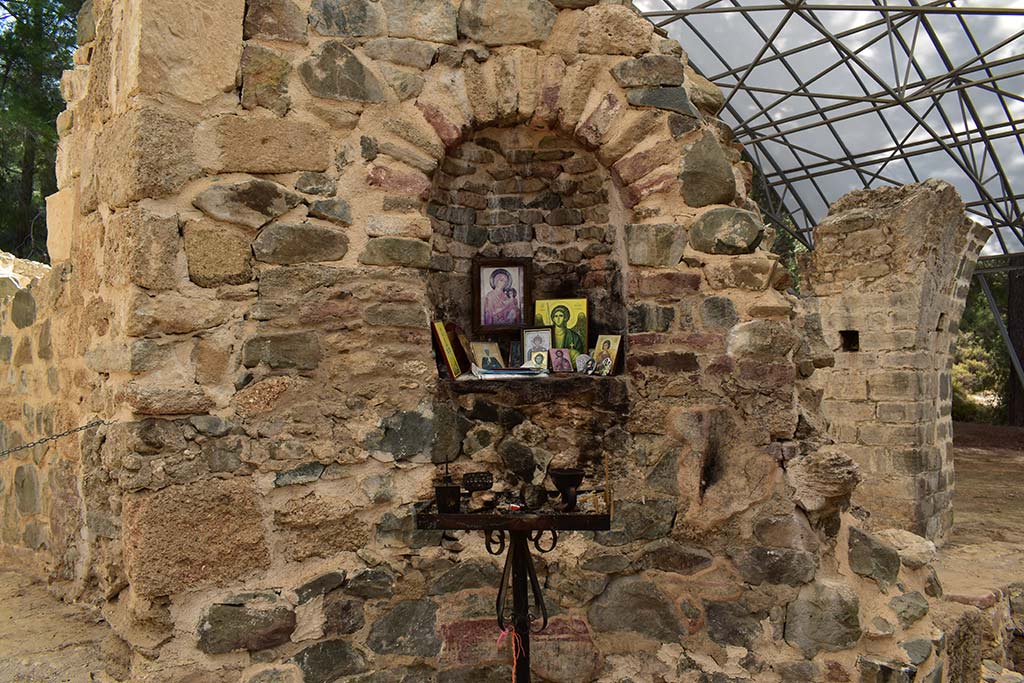
To the right of the altar there are more offerings, and candle holders.
In the late 13th century, a fore-abutment gate was built south of the church and Georgian "asomtayruli" inscriptions of the turn of the 13th and 14th centuries were added on one of the abutments.
Further To The Right
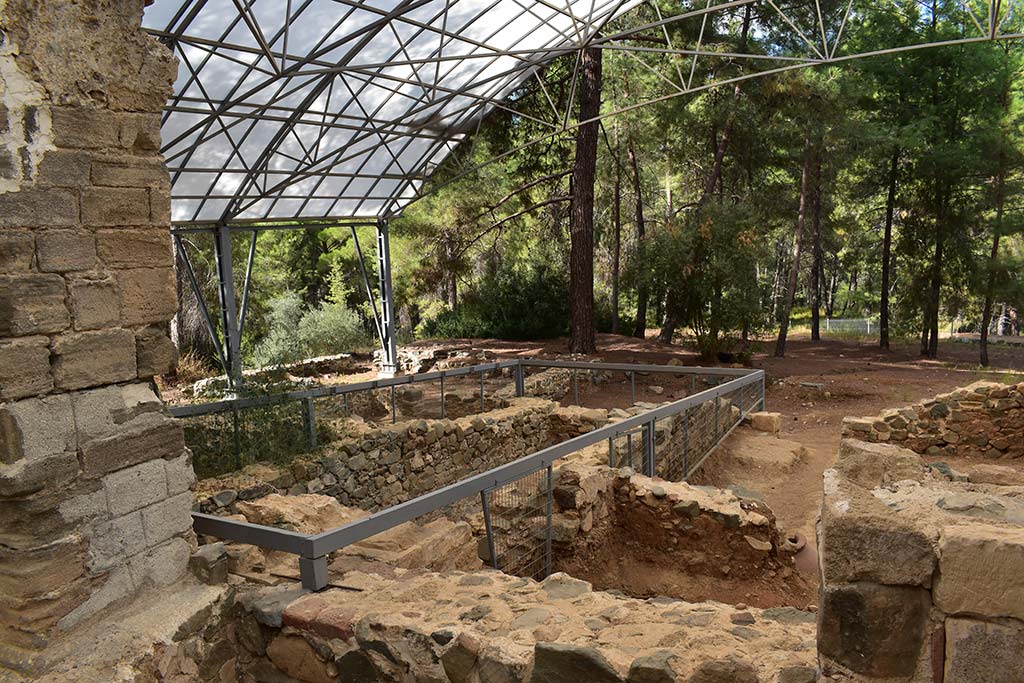
The central portion of the monastery has another entrance to the right-hand side of the altar.
The monastery was apparantly destroyed several times by earthquakes and became deserted in the late 16th century after Cyprus was seized by the Ottomans in 1571.
Even More Votive Offerings
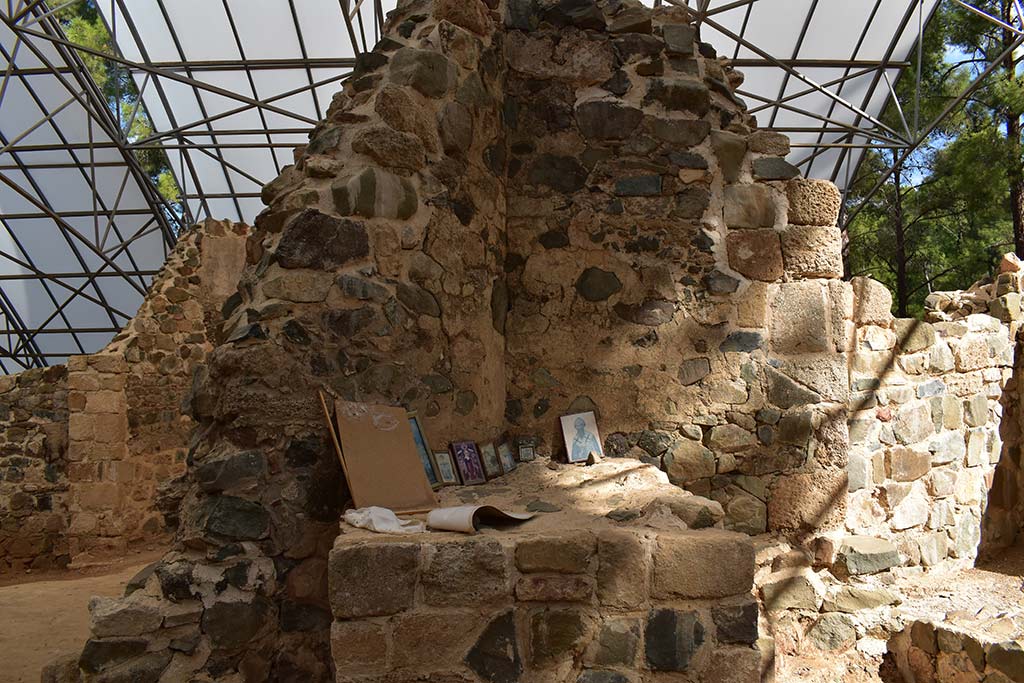
Presumably this area is more residential, or perhaps this is where they wrote all the books...
The two-storey St Nicholas Church is found 200 metres north-east of the Gialia Monastery, with burial grounds of Gialia monks under the lower floor. The cell of a hermit monl, consisting of two rooms, was found in the south-east corner of the monastery. It is believed that he transcribed the translations of the Psalms between the 11th and 12 centuries.
Mystery Stones
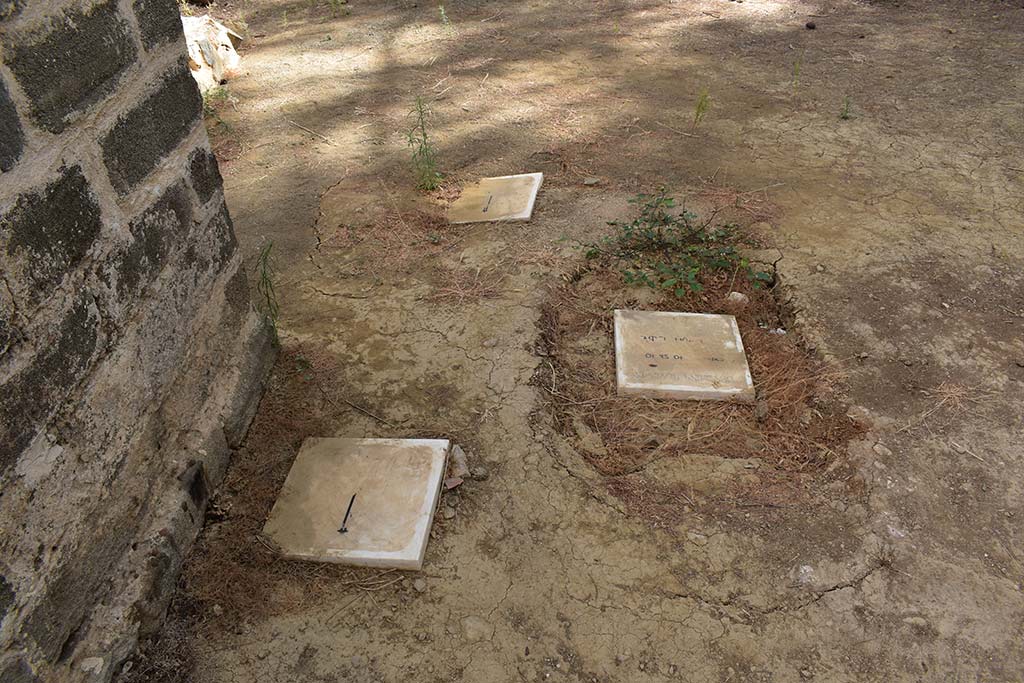
I wonder if these are old grave stones? According to the sign, the monks were buried at another church nearby, so that would suggest another purpose.
The monastery mill is located below the main temple, about 200 metres to the southwest, on the left slope of the Gialia ravine. Many items were identified during the archaeological excavations, including glazed and unglazed ceramics, glass lamps, Venetian painted glassware, bone, stone (to print on communion bread), as well as metal items such as a bronze incense burner and cross; as well as silver and copper coins of Byzantine Emperors and of the Luzonian rulers of Cyprus.
Page 2 of 5


Related Blogs:
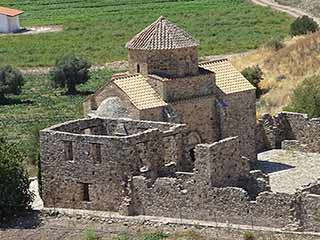
Sinti Monastery
It's time for another guest blog, and this time Max has taken a break from his minerals to show us somewhere a bit more spiritual. Over to you Max... Sinti Monastery is a very important ancient monument and not far away from Paphos, in the beautiful Xeros River Valley. I thought I would take a round trip. In order that people can visit the place all year round (even after a good Winter's rain) in a normal car I took the longer route over the hills where the roads nowadays are all properly surfaced. On the way back you can either take the same road (Winter) or use the short cut along the Xeros river bed which is only 8 km until the next village Nata.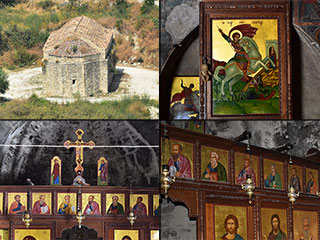
Ayios Georgios Koumanon Monastery
The Paphos Countryside is full of surprises. On any journey, you can guarantee that you will pass many interesting places without realising it. However, sometimes, if you go in search of a known location, it can prove elusive. Join us as we stalk this elusive old church through the Diarizos Valley countryside, before finally succumbing to its mysterious charms...Good Pages To Visit
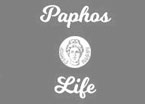
FB PagePaphos Life on Facebook
Like us on Facebook and stay notified of new blog posts.

FB PageOur Facebook Chat Group
Paphos Chat has been created for people who like our site and want to chat using Facebook. You can also easily upload photos of any size here. A lot of people are members of the Facebook chat group and the main forum. It's entirely up to you.
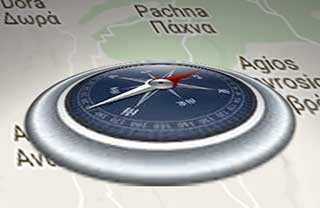
ListBlog Locations
Planning a day out? Then use our map of blog locations as a handy guide. Some of the places we visit our closer to each other than you might think, so take a look and start planning your next adventure...
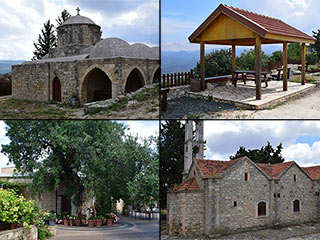
eBookCyprus Road Trip 01: the Kathikas - Panagia Loop
Let me take you on a journey around the region of Paphos, Cyprus. Starting at Paphos itself, we travel to Akoursos, then Kathikas, Kritou Terra and Simou. We continue past Lasa and Kannaviou, before taking in the delights of Panagia. Getting a bit more adventurous, we visit the abandoned villages of Statos and Agios Fotios, before passing through Choulou, Letymbou and Polemi, and rejoining the main Paphos - Polis road.
The route is suitable for all types of vehicle, and requires no off-roading. The guide contains about 130 photographs including shots of all the road signs you need to pay attention to, as well as some of the highlights you may experience along the way.
There are also several maps which will help you keep your bearings.
You can do this journey in a day, or you can break it up into chunks. You can also do it in reverse, to get some completely different views. It is entirely up to you.
